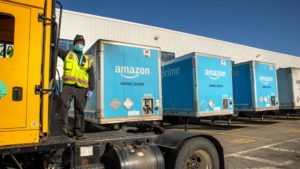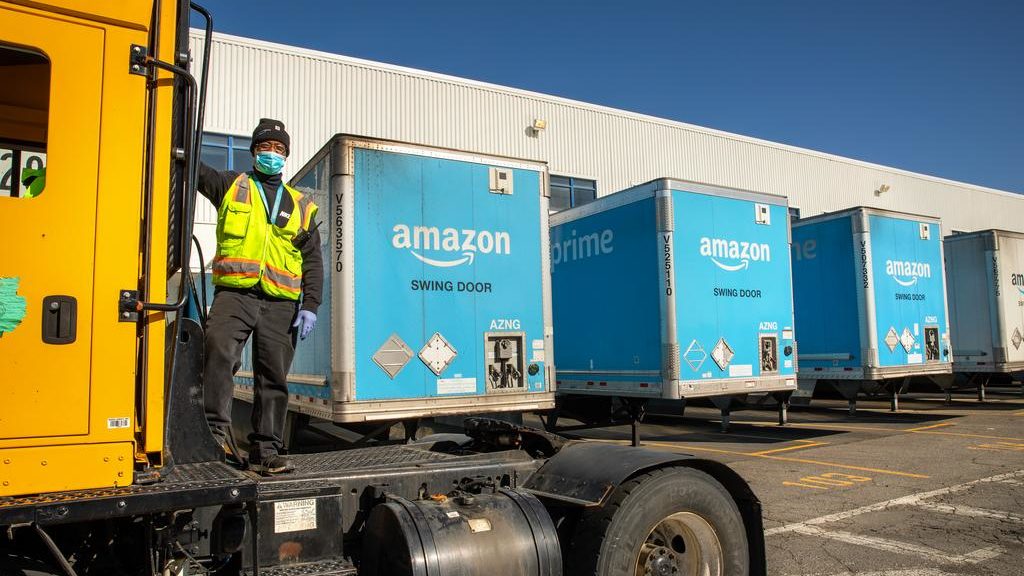Article published by the Philadelphia Business Journal on June 13, 2022.
Amazon is under fire from many of its warehouse/fulfillment center employees. As a result, it faces numerous union certification elections. The company lost its first unionization battle at its Staten Island, New York warehouse on April 2. Amazon is contesting that election.
Amazon’s average pay for its warehouse employees is above the national average with good benefits. These jobs are coveted by some employees and they choose not to unionize. An Oct. 24, 2021 article in The New York Times outlines the issues driving the unionization efforts. The issues identified are employees being paid less than the hours worked, terminations for absences that per policy should have been excused and the constant drive to push productivity leading to warehouse safety issues.
Some of these are information technology problems. The HR systems in place at Amazon are just not capable of managing the issues that come with a workforce of 1.3 million employees. Amazon’s Bethany Reyes has the responsibility to fix the system. She is quoted in the NYT article, stating, “A lot of times, because we’ve optimized for the customer experience, we have focused on that.” Amazon also needs to focus on its employee experience.
Amazon warehouse local management needs to be empowered to resolve an issue without waiting for the bureaucracy at corporate headquarters for approval.
Some of Amazon’s problems are operating policy issues, driven by productivity goals that fail to consider unintended consequences such as dissatisfaction and burnout by some employees. Warehouse managers are held accountable for productivity metrics. One wonders whether they are also held accountable for employee safety.
Safety is an important issue that Amazon must address. A report titled, “The Injury Machine: How Amazon’s Production System Hurts Workers” published by the Strategic Organizing Center (a coalition of labor unions), outlines some of the warehouse practices and hazards that cause Amazon’s OSHA serious injury rate to be significantly higher than the industry average. Quoting the report, “In 2021, Amazon employed one-third of all warehouse workers in the U.S., but it was responsible for nearly one-half (49 percent) of all injuries in the warehouse industry.”

The Washington Post reports that the number of serious injury incidents per 200,000 hours worked at Amazon warehouses rose from 6.5 in 2017 to 7.8 in 2019. This improved to 5.9 in 2020, but was still significantly above non-Amazon warehouses, which ranged from 2.9 to 3.2 from 2017 through 2020.
Is Amazon’s board holding the CEO accountable for employee safety? Is safety one of the metrics used to evaluate managers? Is productivity and speed to fill customer orders more important than employee safety?
When I was CEO of my company, our safety, health and environmental performance at our manufacturing plants was presented and discussed as the first topic at every board meeting, before discussion of financial performance.
At conferences with plant managers and hourly employees who led plant safety committees, I would state that the safety of our employees came before production. If hourly employees felt that a procedure was unsafe, they were empowered to raise the issue with management. Hazards were promptly addressed. A sense of ownership was instilled in employees for their personal safety and that of their colleagues. Do Amazon warehouses have a similar culture?
Amazon directors need to hold current CEO Andy Jassey accountable for more than just financial performance. They need to hold him accountable for safety performance and the HR systems that serve employees. Amazon needs to focus on a great employee experience as they deliver a great customer experience. If they did, they wouldn’t face so many union certification elections at their warehouses.
While he was CEO, Jeff Bezos recognized the task ahead in his April 2020 letter to shareholders in which he wrote, “Despite what we’ve accomplished, it’s clear to me that we need a better vision for our employees’ success. We have always wanted to be earth’s most customer-centric company. We won’t change that. It’s what got us here. But I am committing us to an addition. We are going to be earth’s best employer and earth’s safest place to work.”
Amazon, like Microsoft and Apple, is an engine of economic growth and has changed the way we live for the better. The company now needs to fulfill Bezos’ commitment to be the best employer and safest place to work.
Quoting Sir Richard Branson, co-founder of Virgin Group, “Clients [customers] do not come first. Employees come first. If you take care of your employees, they will take care of the clients [customers].”
Stan Silverman is founder and CEO of Silverman Leadership and author of “Be Different! The Key to Business and Career Success.” He is also a speaker, advisor and widely read nationally syndicated columnist on leadership, entrepreneurship and corporate governance. He can be reached at Stan@SilvermanLeadership.com.

